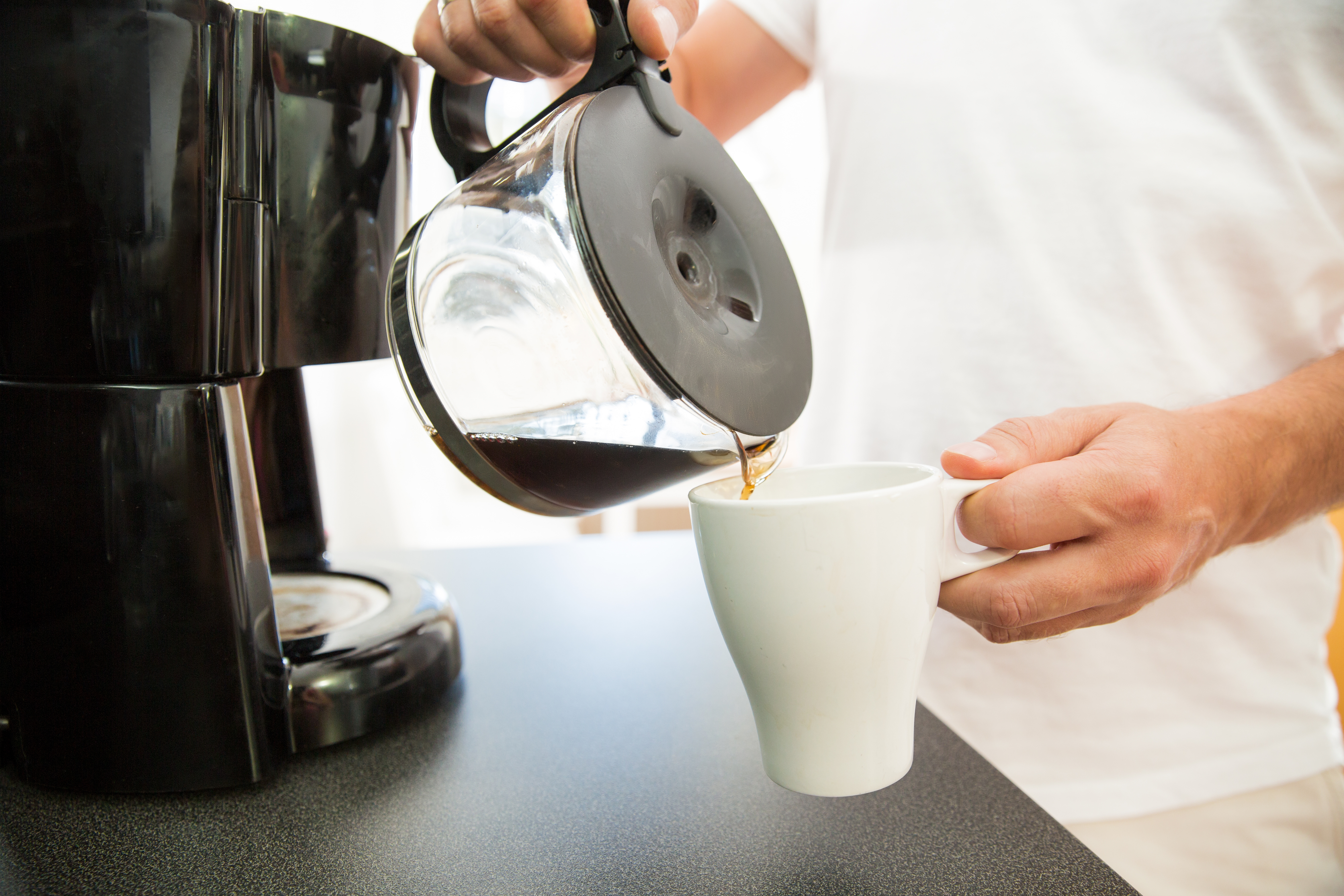Here is the first of a two-part series on the subject of value propositions and value delivery systems. I will frequently reference Michael Lanning’s book Delivering Profitable Value. I’m willing to bet this book escaped your attention, but you no longer have an excuse. Pick up a copy today.
Lanning describes a complete value proposition as, among other things, a collection of experiences a customer will have as a result of doing business with us instead of our competitors. Those experiences can be physical, mental, or emotional. Lanning places great importance on the trade-offs the customer has to make, and one of the most critical compromises is that around the relative cost of your collection of experiences. In fact, “price” must be specifically addressed when crafting and describing your value proposition.
Lanning wrote this book 20 years ago, but I’d like to describe a contemporary example I hope is relatable; traditional home coffee systems (Mr. Coffee) vs. Keurig. A while back, I made the switch to a Keurig coffee maker and boxed up my old Mr. Coffee machine. I think I have since purchased two replacement Keurig units….and thousands of K-Cups.
Well, I’ve been reading about the environmental impact to all those K-Cups going into the landfill. I’ve also started paying more attention to just how much K-Cups cost, relative to the old can of Maxwell House. This article is not intended to celebrate or lament the relative merits of these companies mentioned; it is merely to highlight their differences in the context of competing value propositions.
Here’s the “process” I use to make a regular pot of coffee with old my Mr. Coffee machine. You can imagine this morning ritual as a set of experiences.
- Remove filter basket and toss yesterday’s filter and wet coffee grounds
- Rinse filter basket
- Rinse carafe
- Fumble with a filter to separate one from the pack
- Put filter in filter basket
- Fill with coffee grounds using a less-than-precise measurement method
- Fill carafe with water, eyeballing the fill line, hoping it’s level and hoping you’ve struck the optimal coffee grounds to water ratio.
- Pour the water into the back of the pot, trying not to spill
- Push the button
- Wait 5-10 minutes for the brew cycle to complete
- Enjoy a cup of coffee
Some other experiences I have by using my traditional Mr. Coffee coffee pot include the fact that I don’t have much variety in my coffee flavors and styles in my house. After all who keeps lots of different cans or bags of different flavors? Two, maybe three cans? I have a metal can which I can use later for pouring my used bacon grease and browned hamburger grease instead of pouring it down the kitchen sink. I gain relative peace of mind environmentally since coffee grounds and paper filters are bio-degradable. Also, coffee stored in a can doesn’t take up much space in your cabinet or freezer.
For this whole collection of experiences, conveniences, and inconveniences, my total cost relatively inexpensive.
Let’s compare to the collection of experience I had when I used my Keurig machine. The process is different:
- Fill water reservoir until full
- Seat reservoir into Keurig unit
- Remove old, spent K-cup and toss in the trash
- Put in a new K-cup, which has the exact precise amount of coffee grounds in it
- Close lid
- Put coffee cup under the spout
- Select cup size and push the button
- Wait 1 minute for brew cycle
- Enjoy a cup of coffee
The Keurig / K-Cup method of making coffee is wildly more convenient to me than Mr. Coffee’s way. Aside from the process of making coffee, I have some other experiences. First, I have much greater opportunity to have a wide array of flavors and types of coffee to make. I no longer get the by-product of the metal can, so I must figure out another way to dispose of bacon grease. Let’s be honest; I’ll pour it down the sink. I’m also saddled with environmental guilt because K-Cups use much plastic, even the ones which are partially bio-degradable. Heck, even the INVENTOR of K-cups feels guilty. Lastly, K-Cups take up much space on my kitchen counter.
For this collection of experiences, conveniences, and inconveniences, my cost relative to Mr. Coffee is significantly higher.
The point of this listing is merely to highlight the vastly different experiences, including relative price, of two utterly different coffee brewing systems. The folks at Keurig imagined a more convenient way to make coffee (no mess, no measuring, quick), but it comes with some pretty steep monetary and social costs. Those are called TRADE-OFFS. Your company must think through its trade-offs; a company cannot offer the best quality, the fastest service, at the least expensive total price. A company cannot be all things to all people. It must make trade-offs.
Stay tuned for the second part of this series, which discusses how to ensure that our target customers indeed have the experiences we imagine.

